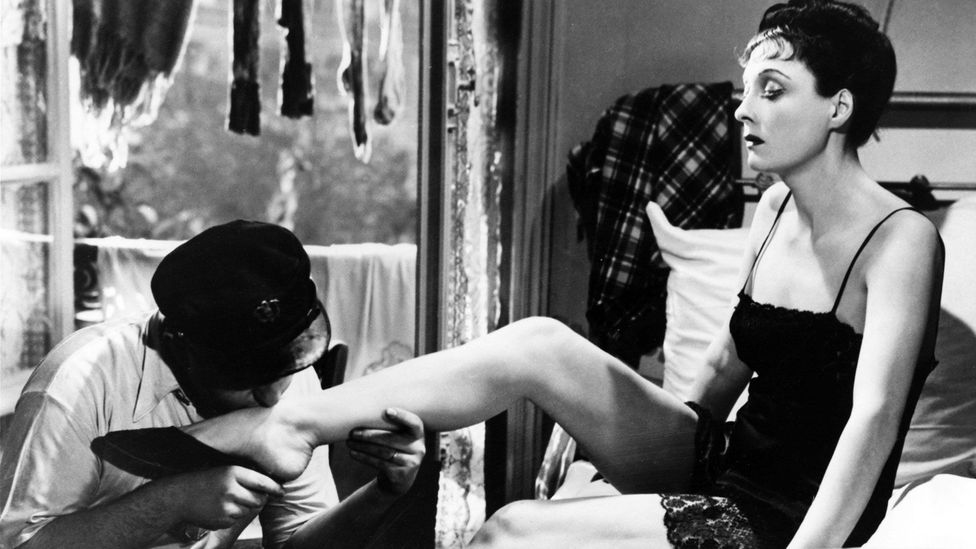F
French women – Parisiennes in particular – have no idea of the fascination they inspire in foreigners – until the day they discover in a bookshop abroad the vast amount of literature dedicated to scrutinising their every move and mood. Sometimes written by Parisian women living abroad, or by foreigners living in Paris, this literary genre and lucrative niche market aims at educating its readers in Parisianisme and its many secrets.
More like this:
– Is the age of the celebrity over?
– The best books of the year so far
Among them, in just the last few years: How to be a Parisian, Wherever You Are by Caroline de Maigret, Sophie Mas, Audrey Diwan and Anne Berest; Dress Like a Parisian by Alois Guinut; Parisian Chic by Ines de la Fressange and Sophie Gachet; and the recently published The New Parisienne by Lindsey Tramuta.





